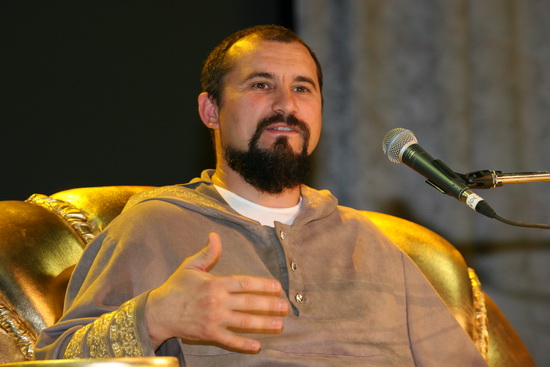|
Calendar Veda Loka
2025 THE YEAR OF DHARMA PREACHING
3 July
Thursday 2025 year 00:00:00
Time
chronology 5121 years of Kali Yuga,
28th Mahayuga 7th Manvantara The era of Manu Vaivasvata boar Kalpa first day of 51 years of the great First-God-Creator |
||
|
Latest Updates
|
||
|
Video Updates
|
||
Contacts of "Worldwide Sanatana Dharma Community":
Omkar +380684188899 (Telegram, Viber, Whatsapp)









